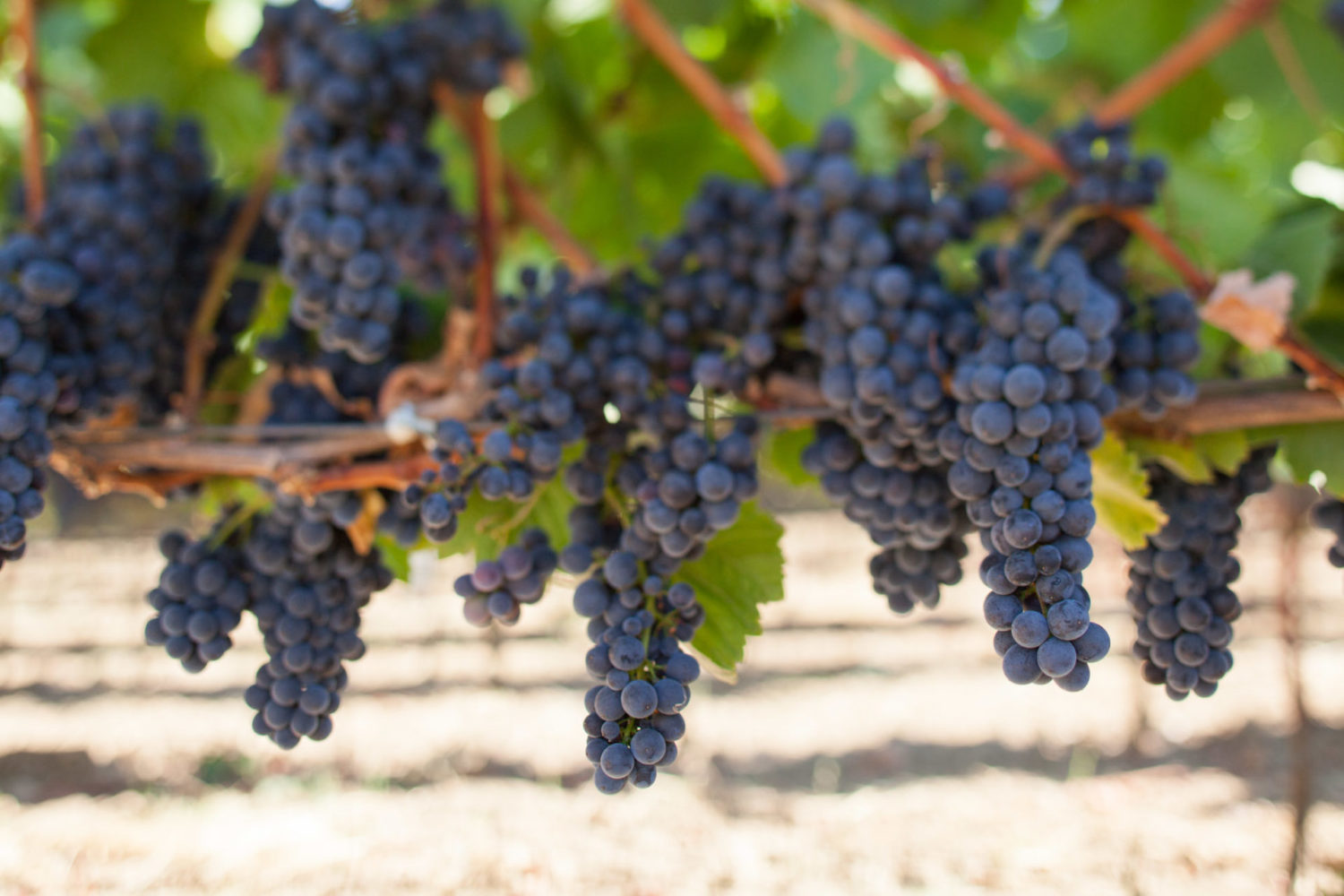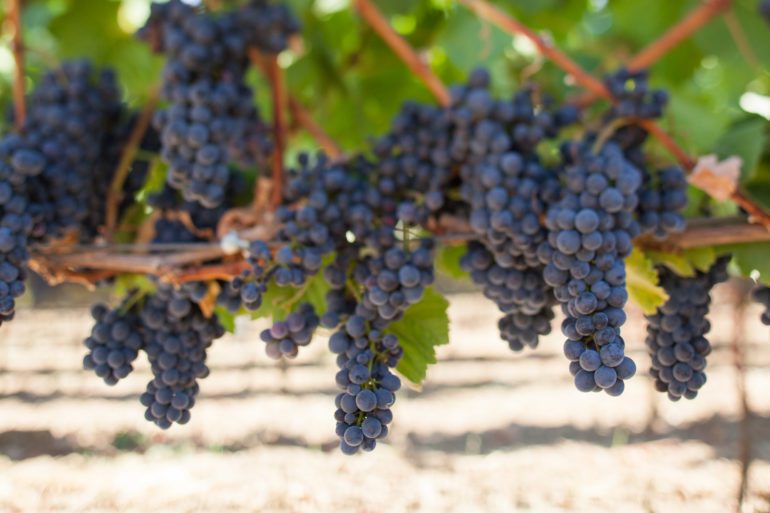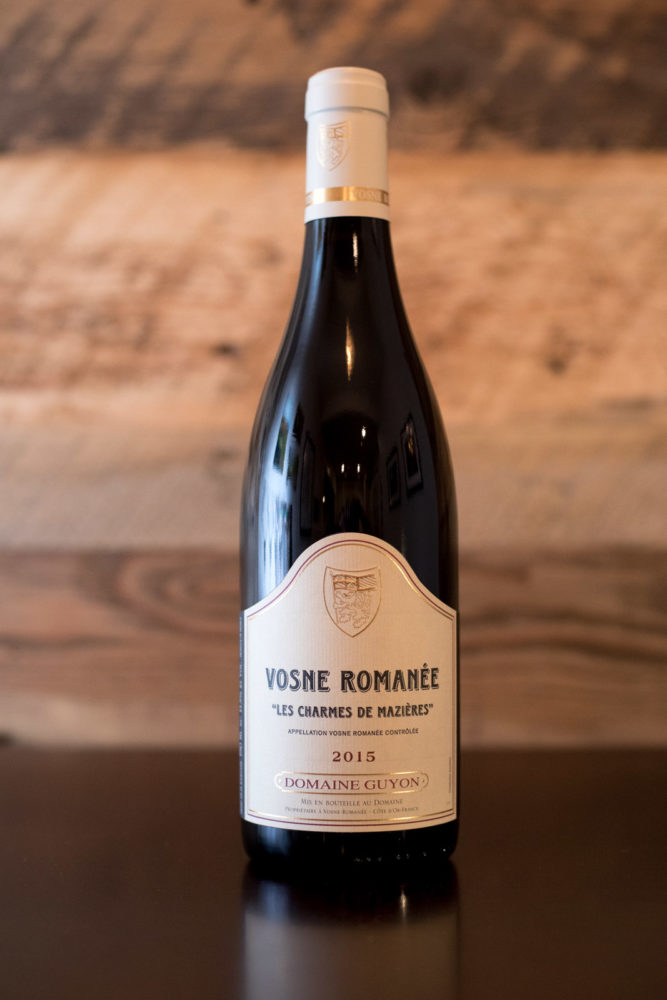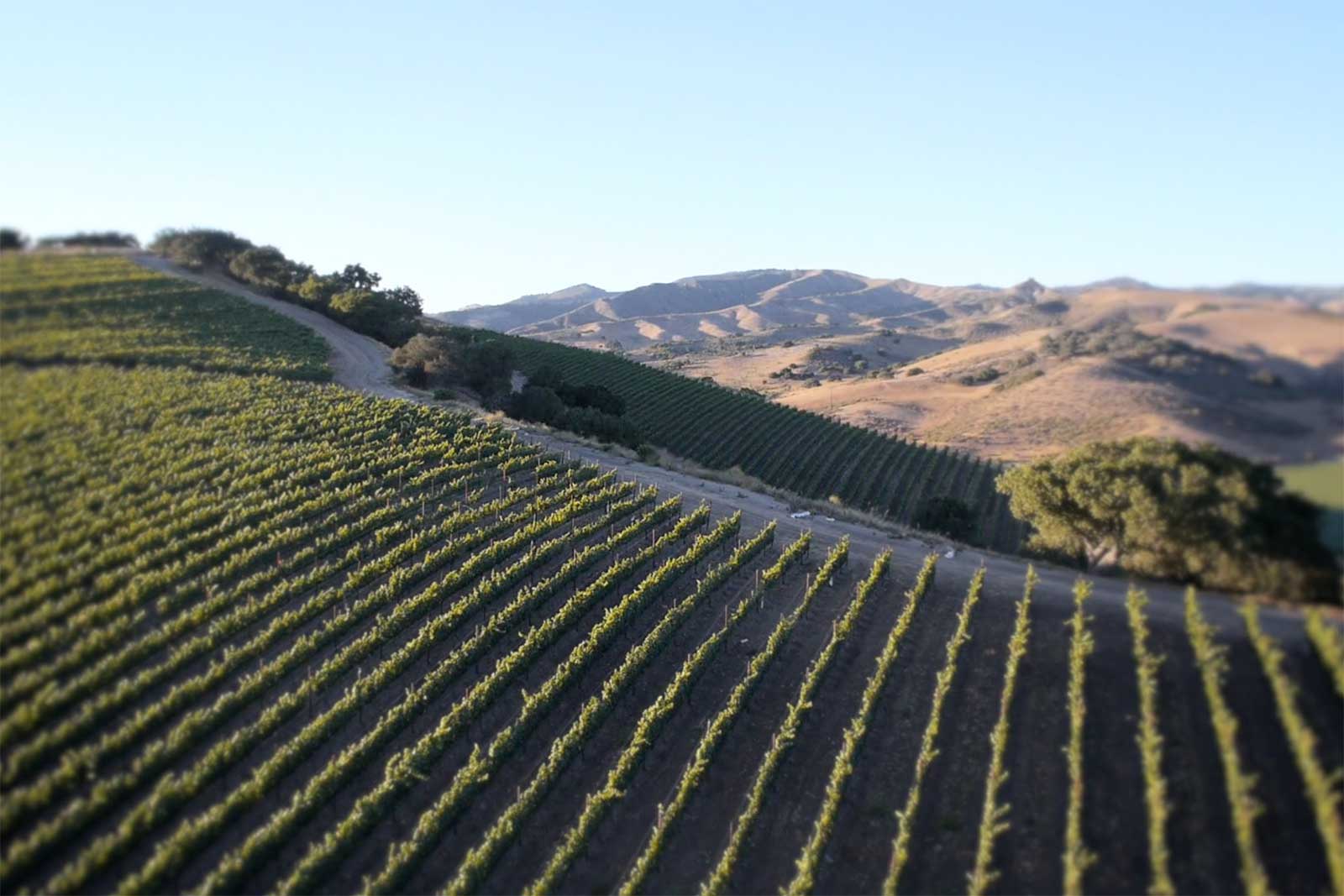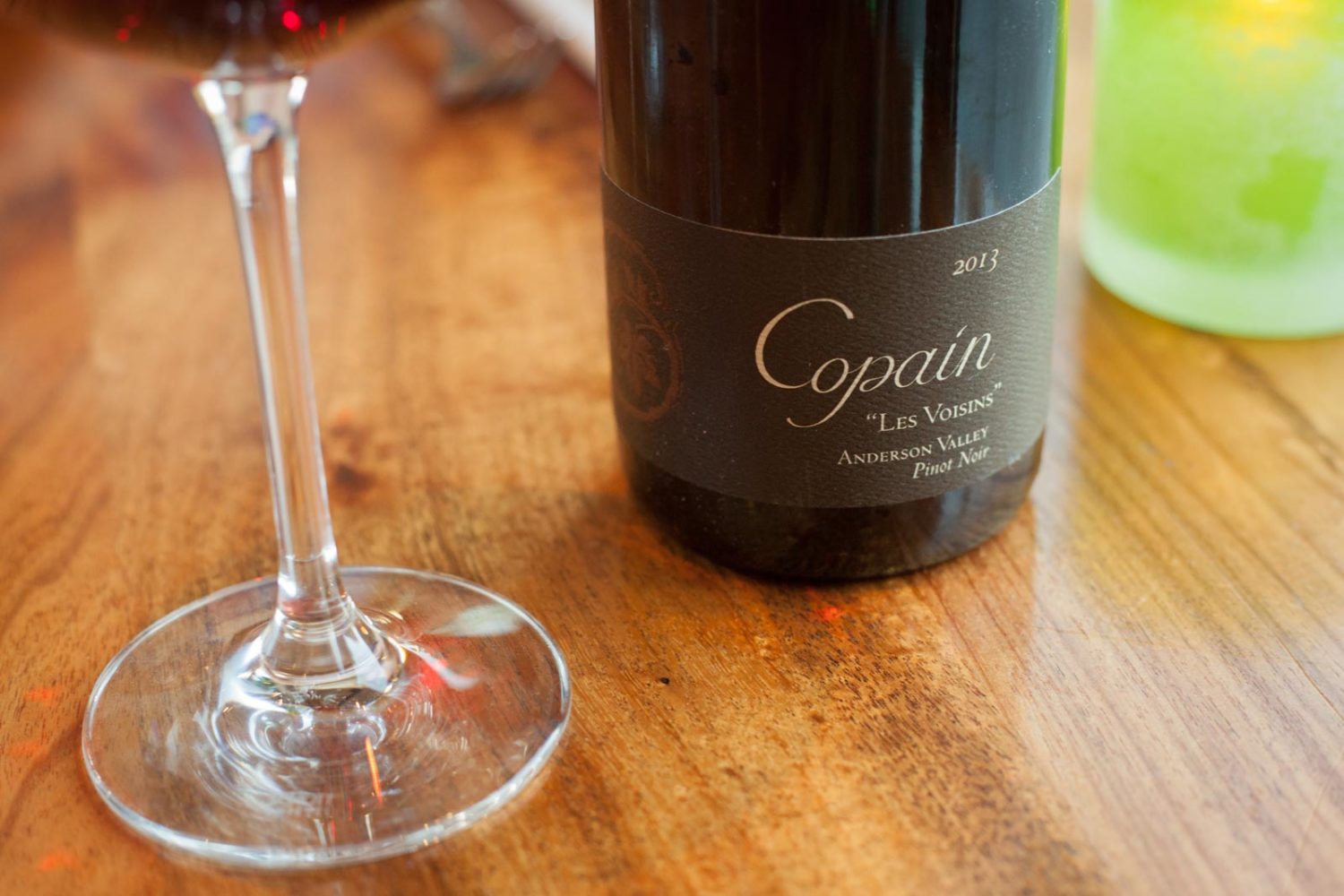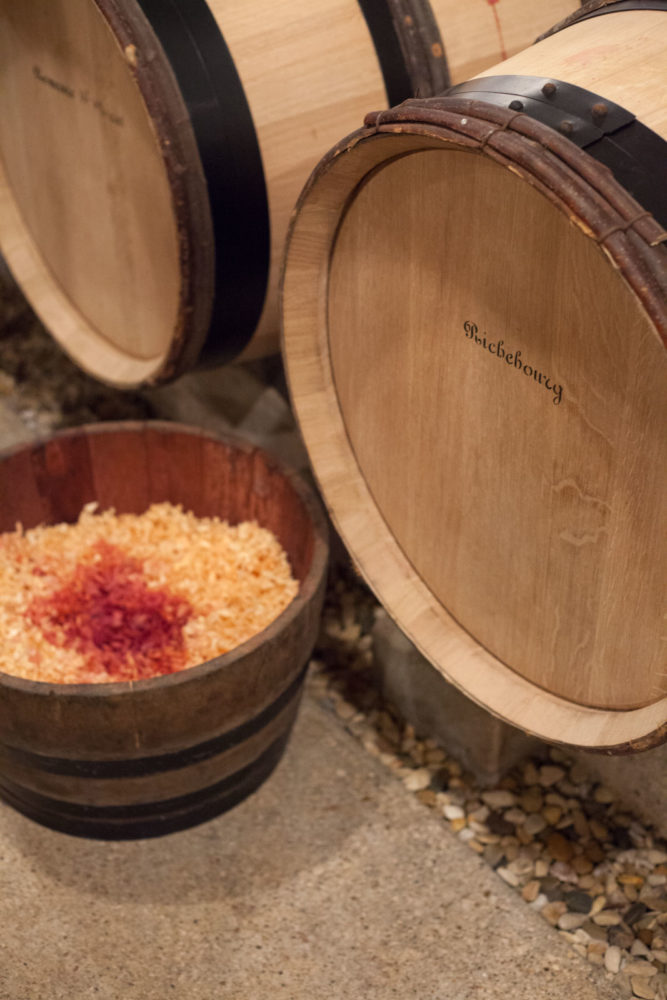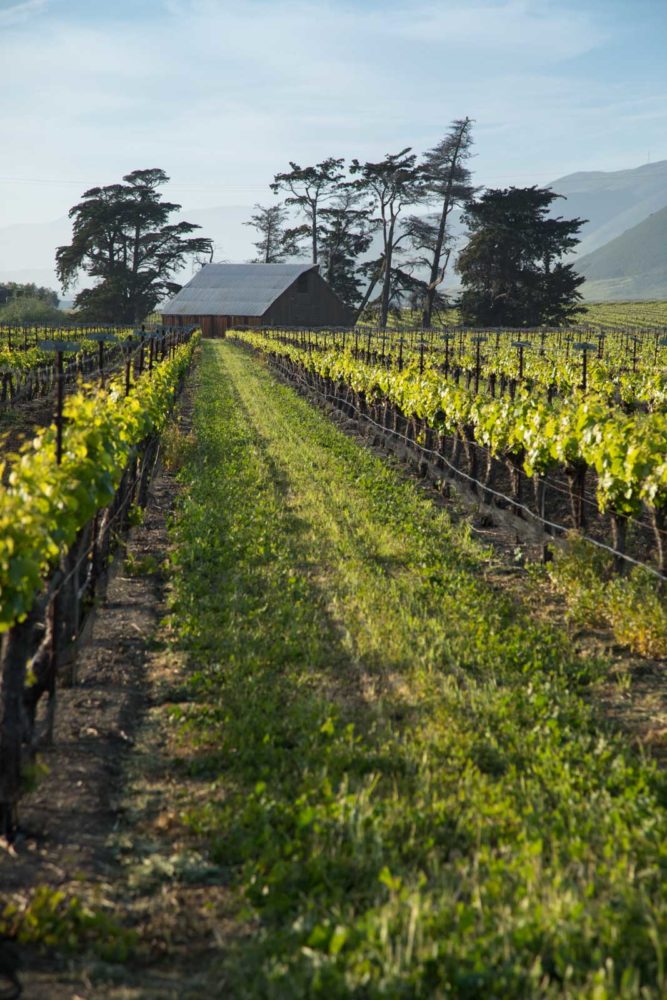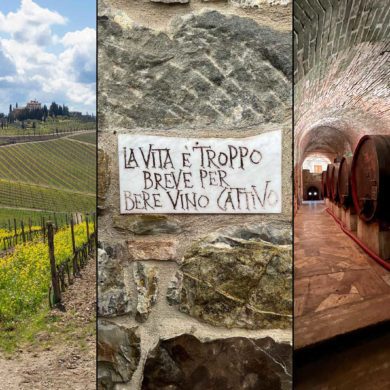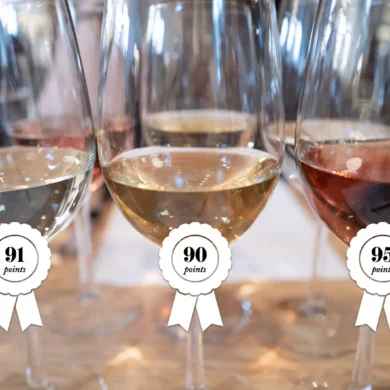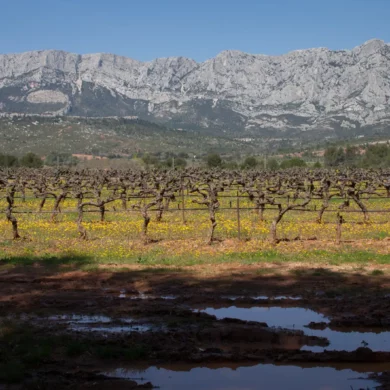On Thursday, January 22, 2022, subscribers to Opening a Bottle will have access to our Virtual Tasting Seminar on Pinot Noir, easily the most celebrated red wine grape in the world, but the source of a lot of confusion. Why does Pinot Noir from France taste so different from those in California and Oregon (or Chile, New Zealand, and Australia for that matter)? Are these differences entirely because of terroir or does technique play a role? If so, how can we tell?
We’ll open the lid and take a peek on these issues with a presentation, comparison tasting and discussion.
Below you will find everything you need as a paying subscriber to access the event: a description of the class, how to understand Pinot Noir at a basic level so you can purchase the two (or four) wines you need for this event, as well as producers that I think are worth the extra effort to seek out.
But first: your Zoom credentials to access the event.
Navigate This Study Guide
- Accessing the Tasting: Zoom Credentials
- Class description
- Shopping for Pinot Noir
- Noteworthy Pinot Noir Villages & Producers
Zoom Credentials
To join the virtual tasting, use the following log-in credentials to Zoom. We will begin at 8:00pm EST/5:00pm PST (U.S.) sharp on January 22, 2022. I am looking forward to it.
Topic: Pinot Noir in the Old World and New
Time: Jan 22, 2022 06:00 PM Mountain Time (US and Canada)
Join Zoom Meeting
Meeting ID: 821 9080 4523
Passcode: Pinot2022
Pinot Noir in the Old World and New
Pinot Noir makes some people swoon. For others, it slips through their grasp. What’s the big deal? they might ask. A fair question, but for those lucky enough to taste one of the top bottles on Pinot — like a vaunted Grand Cru from Burgundy, or a single-vineyard version from a cool year in Oregon — there is no mistaking the grape’s capacity for greatness.
But that’s part of the issue: some bottles are epic, others are middle of the road, and some flat-out stink. Because of its transparency with every element of winemaking — from the climate and soils right down to whether the barrels were adequately cleaned between vintages — this grape leaves no room for error. Ambition and a multi-million dollar piece of land alone won’t give you a great wine. Nor will a multi-generational pedigree and a quaint story about Cistercian monks 900 years ago.
Pinot Noir tells no lies and keeps no secrets. It is all there in the glass, and it is this honesty, more than anything, that captivates its followers.
In this class, I will be discussing the unique properties of the grape that make it so, as well as a deep-dive on its history, where it thrives in France and Europe, and the hallmarks of the different American wine regions that specialize in Pinot Noir. Best of all, we will taste together, and during these discussion breaks you can ask me anything you’d like about these wines or wine in general.
Shopping for Pinot Noir
For this class, I am recommending one or two pairs of Pinot Noir so you can hold a comparison tasting: one from France, the ancestral home of Pinot Noir; and another from the United States, likely California or Oregon. If you’d like to beef up this comparison, purchase either a village-level and Premier/Grand Cru from Burgundy or a Village-level Burgundian red plus a Pinot Noir from the Jura, Alsace or Loire for your first set; then either an entry-level Pinot Noir and single-vineyard Pinot Noir from the same producer in the U.S., or a California versus Oregon showdown.
A note on Burgundy wines: Grand Cru Burgundy red wines are rare and among the most coveted wines in the world. You will pay hundreds of dollars for a bottle of them, no joke. I question the need to know these wines because of the cost (quel sacrilège!), and even certain Premier Cru wines can cost well over $100. You can drink very well at the Village-level, and the Loire increasingly makes nice versions. Up to you. See the section below for more specifics.
Tips for Buying Pinot Noir
Remember how we said that Pinot Noir holds no secrets? Well, unfortunately for wine buyers, the labeling of Pinot Noir is the exact opposite. It’s quite opaque, offering few clues as to what the wine may show. But there are a few things I look for that at least help cull the options.
- Alcohol Level – The only real technical detail required on the labeling is, of course, the alcohol level. What we seek in quality Pinot Noir is easily overwhelmed by higher alcohol, something that isn’t always the case with other red wines. Higher alcohol means more of a “burn” on the palate, which drowns out the finer details you might hope to encounter. I liken it to turning up the volume on cheap or blown-out speakers. The exact threshold is a matter of taste, but I much prefer those wines at 14% ABV and lower.
- Vintage – Also on the label: the year the grapes were harvested, or vintage. Because climate patterns are highly localized from year to year, this data is only helpful if you have access to a vintage report. A simple Google search of “<wine region> + <vintage> + vintage report” will help you learn which years were warm and which were cooler. Patterns across the world are trending warmer, and that also means higher sugar levels leading to higher alcohol. That said, producers have a range of techniques to counter this effect, including an earlier harvest. But everything is a trade off in the vineyard. With Pinot Noir, my personal taste is for cooler vintages which allow for a longer ripening cycle. Few places better demonstrate this than the Willamette Valley in Oregon, where the differences between a cool vintage and a hot one can seem like the difference between Pinot Noir and Cabernet Sauvignon. Feel free to ask your wine shop rep about different vintages when weighing which wine to buy.
- Regional/Localized Blend vs. Single Vineyard – Because Pinot Noir “tells no lies,” single-vineyard expressions of this grape are regarded as the bee’s knees in the wine world. Much of this ties back to Burgundy, in eastern France, where Pinot Noir has a long and storied history. There, the vineyards are well documented, regulated and classified by quality, with Grand Cru then Premier Cru (or 1er Cru) indicating the top and second-best levels. In the New World, many single vineyards of distinction have earned singular reputations, but it is not as seemingly cut and dry. Any millionaire with a plot of land can place a vanity name on a vineyard, bottle the Pinot from it, charge a premium and hope for the best. Furthermore, there are plenty of high-quality Pinot Noir wines made by blending multiple plots from a region of distinction. In Burgundy, these can be Village wines named after a town (such as Savigny-les-Beaune, Vosne-Romanée or Rully). And in the United States, some of the most progressive upstart wineries (who have yet to acquire their own estate vines) buy Pinot Noir from multiple farms and blend them into something akin to magic. My advice: don’t get hung up on the single-vineyard madness unless you are already a Pinot Noir devotee.
Noteworthy Pinot Noir Villages & Producers
Old World
There are too many great Pinot Noir producers to count, especially in Burgundy. For this class, let’s just run over the basics on which villages offer standout Village-level wines. A single village could contain a Grand Cru vineyard (or two of three … note that each Grand Cru is its own appellation). The village might also have a few Premier Cru vineyards, which are a step-down from Grand Cru but often highly sought-after and celebrated as well. Then you have the wines that take the village’s name, which either come from vineyards outside the first two realms but still within the village boundary, or are a blend of such plots.
Am I drinking third place? you might ask. According to this system, yes, you are. But as with Barolo and Barbaresco (which we will cover in February 2022), single vineyard is not inherently better — its just inherently more specific, more geeky, and (most importantly) rarer, and therefore, more expensive. Village wines are often exquisite wines just the same and their pricing is not unreasonable. (Note that I didn’t call them affordable. Burgundy is just bonkers expensive, even at the Village level wine and especially at the Grand Cru level).
The epicenter of it all is the Côte d’Or, an escarpment that stretches south from Dijon through the city of Beaune and a little beyond. This is where the world’s most coveted Pinot Noir (and Chardonnay, I might add) comes from.
This might seem like drinking from the firehose, but for our tasting, seek out a Pinot Noir with one of the village names listed below. Ask your retailer for some assistance, and don’t worry so much about the producer at this stage, as we’re just looking for a comparison taste of Burgundy against the New World. From north to south, the villages of the Côte d’Or are:
- Marsannay
- Fixin (home to 6 Premier Cru)
- Gevrey-Chambertin (26 Premier Cru, 9 Grand Cru)
- Morey-Saint-Denis (20 Premier Cru, 5 Grand Cru)
- Chambolle-Musigny (24 Premier Cru, 2 Grand Cru)
- Vougeot (4 Premier Cru, 1 Grand Cru)
- Vosne-Romanée (14 Premier Cru, 8 Grand Cru)
- Nuit-Saint-Georges (41 Premier Cru)
- Ladoix-Serrigny (11 Premier Cru, 2 Grand Cru)
- Aloxe-Corton (14 Premier Cru, 3 Grand Cru)
- Pernand-Vergelesses (8 Premier Cru, 2 Grand Cru)
- Chorey-lès-Beaune
- Savigny-lès-Beaune (22 Premier Cru)
- Beaune (42 Premier Cru)
- Pommard (28 Premier Cru)
- Volnay (29 Premier Cru)
- Monthélie (15 Premier Cru)
- Auxey-Duresses (9 Premier Cru)
- Meursault (18 Premier Cru)
- Saint-Romain
- Puligny-Montrachet (17 Premier Cru, 4 Grand Cru)
- Chassagne-Montrachet (19 Premier Cru, 3 Grand Cru)
- Saint-Aubin (16 Premier Cru)
- Santenay (11 Premier Cru)
- Maranges (7 Premier Cru)
If you are struggling to find a Village-level Pinot Noir from these villages that matches your budget, you can also look for a Pinot Noir from the Côte Chalonnaise, the Jura, Alsace or the Loire to represent Team France in this comparison. Feel free to buy two if you want to expand the opportunity.
New World
In the New World, the quality of Pinot Noir is very much dependent on the producer’s aims, which can vary within appellations and growing zones. One need look no further than Sonoma to see the vast differences, which are compounded by the huge swings in temperature and climate influence on various vineyards, which are then multiplied by producer style and aim. Some Russian River Pinot Noir can be downright “Cabby” in their power and verve, especially from producers who lean toward a more extracted style. Along the Sonoma Coast, Pinot pivots toward a leaner, more floral and herbal style. These differences take ample study to fully appreciate, but they rarely taste exactly like Burgundy from my experience. The supposition that Pinot Noir is transparent is confirmed by such variance.
So, who to look for in the New World? I like the following producers, who represent a mere sliver of the American Pinot Noir scene, but also are not (a) allocated or (b) restricted to wine clubs in their sales:
- Trisaetum (Willamette Valley, Oregon)
- Maysara (Willamette Valley, Oregon)
- Montinore Estate (Willamette Valley, Oregon)
- Lenné Estate (Willamette Valley, Oregon)
- Evasham Wood (Willamette Valley, Oregon)
- Johan Vineyards (Willamette Valley, Oregon)
- Elk Cove (Willamette Valley, Oregon)
- Penner-Ash (Willamette Valley, Oregon)
- Walter Scott (Willamette Valley, Oregon)
- Alexana (Willamette Valley, Oregon)
- Red Car (Sonoma County, California)
- Hirsch (Sonoma County, California)
- Fort Ross Winery (Sonoma County, California)
- Macrostie Winery (Sonoma County, California)
- Copain (Sonoma County, California)
- Lady of the Sunshine (San Luis Obispo County, California)
- Scar of the Sea (San Luis Obispo County, California)
- Chêne Vineyards (San Luis Obispo County, California)
- Dierberg Estate (Santa Barbara County, California)
Happy hunting, and feel free to contact me with any questions.

